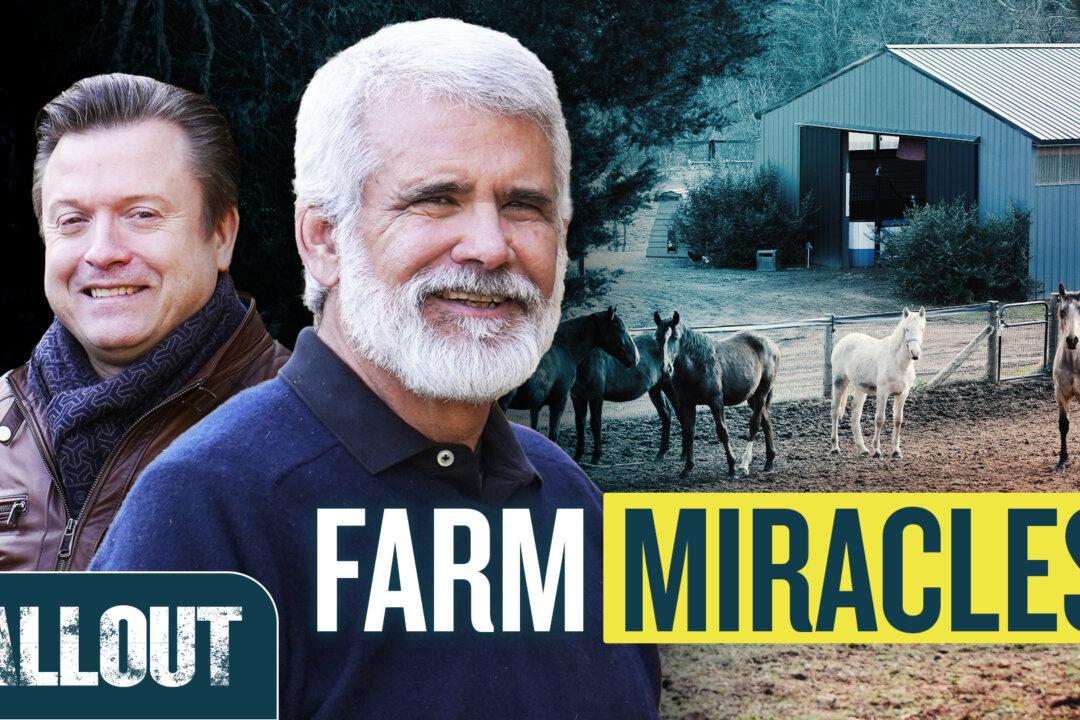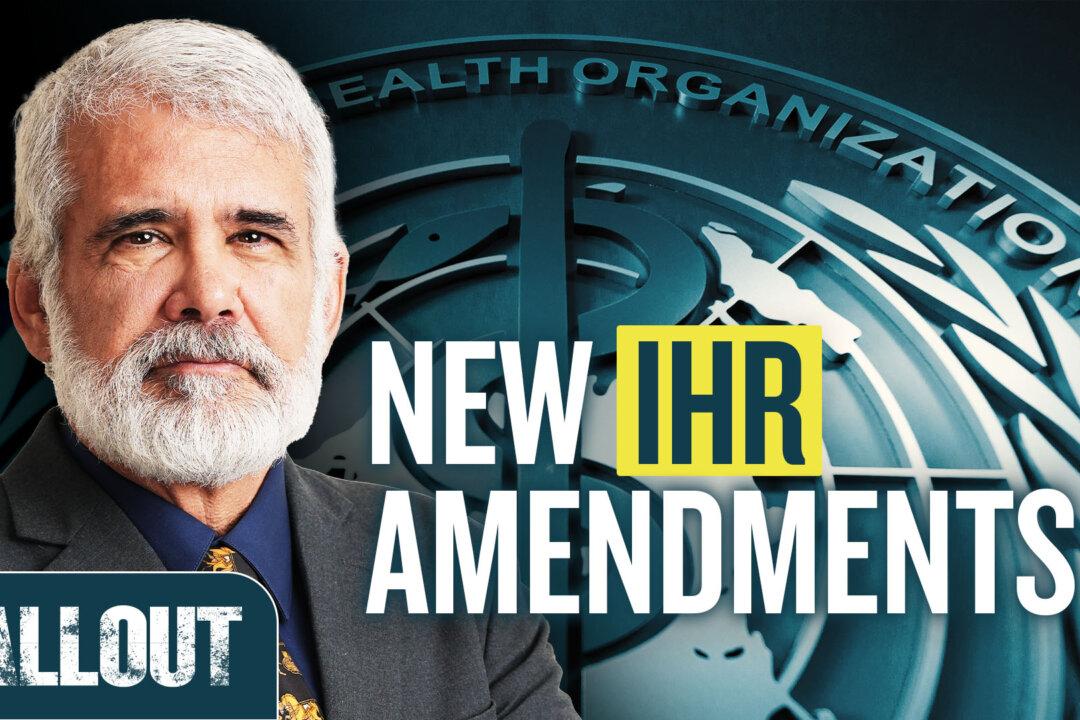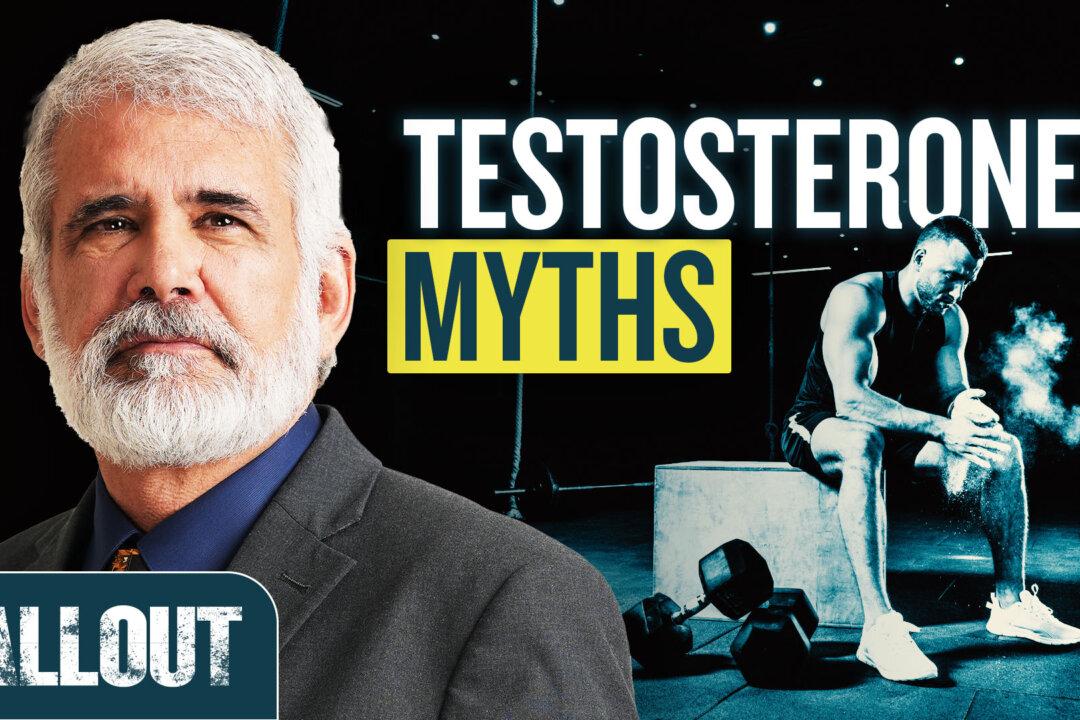Age-stratified infection fatality rate of COVID-19 in the non-elderly population
Environmental Research, Volume 216, Part 3, 1 January 2023, 114655Abstract
“The largest burden of COVID-19 is carried by the elderly, and persons living in nursing homes are particularly vulnerable. However, 94% of the global population is younger than 70 years and 86% is younger than 60 years. The objective of this study was to accurately estimate the infection fatality rate (IFR) of COVID-19 among non-elderly people in the absence of vaccination or prior infection. In systematic searches in SeroTracker and PubMed (protocol: https://osf.io/xvupr), we identified 40 eligible national seroprevalence studies covering 38 countries with pre-vaccination seroprevalence data. For 29 countries (24 high-income, 5 others), publicly available age-stratified COVID-19 death data and age-stratified seroprevalence information were available and were included in the primary analysis. The IFRs had a median of 0.034% (interquartile range (IQR) 0.013–0.056%) for the 0–59 years old population, and 0.095% (IQR 0.036–0.119%) for the 0–69 years old. The median IFR was 0.0003% at 0–19 years, 0.002% at 20–29 years, 0.011% at 30–39 years, 0.035% at 40–49 years, 0.123% at 50–59 years, and 0.506% at 60–69 years. IFR increases approximately 4 times every 10 years. Including data from another 9 countries with imputed age distribution of COVID-19 deaths yielded median IFR of 0.025–0.032% for 0–59 years and 0.063–0.082% for 0–69 years. Meta-regression analyses also suggested global IFR of 0.03% and 0.07%, respectively in these age groups.“Large differences did exist between countries and may reflect differences in comorbidities and other factors. These estimates provide a baseline from which to fathom further IFR declines with the widespread use of vaccination, prior infections, and evolution of new variants.”
- 0003 percent at 0–19 years
- 002 percent at 20–29 years
- 011 percent at 30–39 years
- 035 percent at 40–49 years
- 123 percent at 50–59 years
- 506 percent at 60–69 years
- 034 percent for people aged 0–59 years people
- .095 percent for those aged 0–69 years.
* * *
Does anyone remember back to early 2020? The dire predictions of a global disaster—of a case fatality rate and of an infectivity rate (R0) that were unheard of in modern times for a respiratory disease? The predictions were that the “novel coronavirus,” as it was called then, was going to be the next Spanish flu. That the only solution was for entire nations to lockdown. This was the modeling that caused governments worldwide to panic. This was the modeling that caused the legacy media to melt down.One scientist who clearly led this effort and led the world astray with his dire forecasting, was Neil Ferguson, Ph.D. of Imperial College.
Again and again, year and year, decade after decade, the NHS and world governments, including our own, have turned to Dr. Ferguson for infectious disease modeling. Ferguson gives them what they want. A reason for the bureaucrats, the administrative state to once more step up and be important. One of his doom-and-gloom models can increase federal disaster preparedness budgets to astronomical proportions. That is raw power for the lowly public health official. What is not to like?
Except for a singular factoid:
Ferguson’s predictions of sky-high high case fatality rates were grossly exaggerated.
The lockdowns were a complete and utter failure.
- Ferguson predicted that up to 150 million people could be killed from bird flu during the 2005 outbreak. This prediction was off by an astounding amount, with a grand total of 282 people dying worldwide from the disease between 2003 and 2009.
- In 2009, one of Ferguson’s models predicted 65,000 people could die from the Swine Flu outbreak in the UK—the final figure was below 500. This modeling was what caused so many public health officials to panic, and create a worldwide panic of officials and the populace.
* * *
Here is where it gets even crazier. There are those who passionately argue that the modeling that Ferguson did back in early 2020 is proof that 1) the non-pharmaceutical interventions (lockdowns and masks) worked because (circular logic here) his modeling predictions didn’t come true and 2) that the vaccines worked beyond all measure because again, his modeling predictions didn’t come true.Crickets.
A colleague of mine who is in the U.S. Senate reported back to me recently that Republican senators were high-fiving each other about the success of Warp-speed based on Ferguson’s modeling data in a recently paper.
You can’t make this stuff up.






